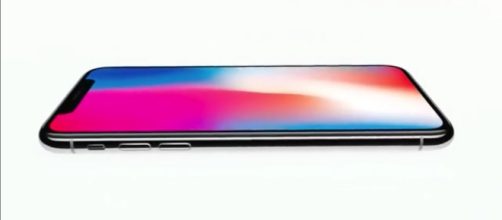Apple launched its 10th-anniversary iPhone X at its September 12 keynote. The device comes with the cutting-edge specs and features. The phone has not yet been made available for sale. Most of the features scheduled to come included in the handset have been revealed. As noted by The Verge, the company updated or rather posted a new privacy page on its official website recently. In a certain section of the page, Apple speaks about its recently-introduced facial recognition software.
Software design
The most important detail lies under the section wherein Apple discusses how its software is designed in a manner to learn from its mistakes.
It turns out, Apple’s Face ID works the same way Touch ID does. The software detects the fine lines on the face and stores the information in its system for next time’s use. Each time a newer line is detected, the information (which is stored in the system) gets updated.
This is how the initial enrollment functions. Apple has enabled its software to extract key excerpts from the user’s log-in photos too. This helps the system deliver accurate results. This is especially useful when the user’s face looks different, such as when an individual tries operating the Facial Recognition System while wearing glasses or with a mustache. This will hardly deter the system’s results.
Face ID Diagnostics
The Cupertino giant has gone a step further and prepared the measures that will follow when the system stops working in any situation.
The information relating to this is available under the “Face ID Diagnostics” section of Apple’s official website. Users are kept informed about the entire enrolment procedure and the walk-through. But what happens when the software stops functioning normally? Individuals can obviously approach customer care.
This isn’t the first time that the concept of facial recognition system has been introduced in the market.
The feature has appeared in laptops and smartphones before. One of the biggest concerns with the security feature is that it can easily be fooled. For example, a hacker could utilize the owner’s physical picture to access the device. There will be an option to disable the Face ID system in the event an owner is being forced to open the phone.
It seems that depression of two side buttons will disable the Face ID system. Whether that will be sufficient or not remains to be seen. Apple has addressed these and other issues in their guidelines.
The Apple flagship is expected to rival Samsung Galaxy Note 8 and Galaxy S8.


